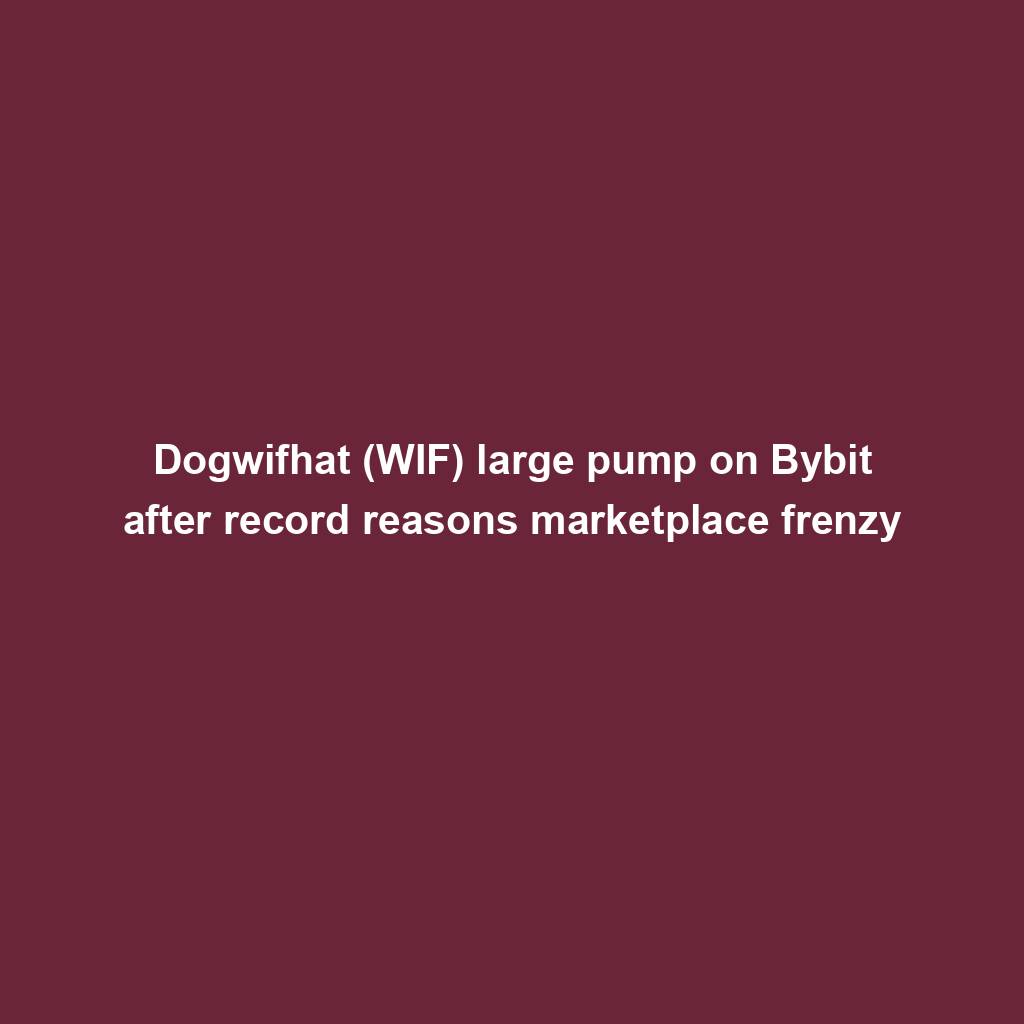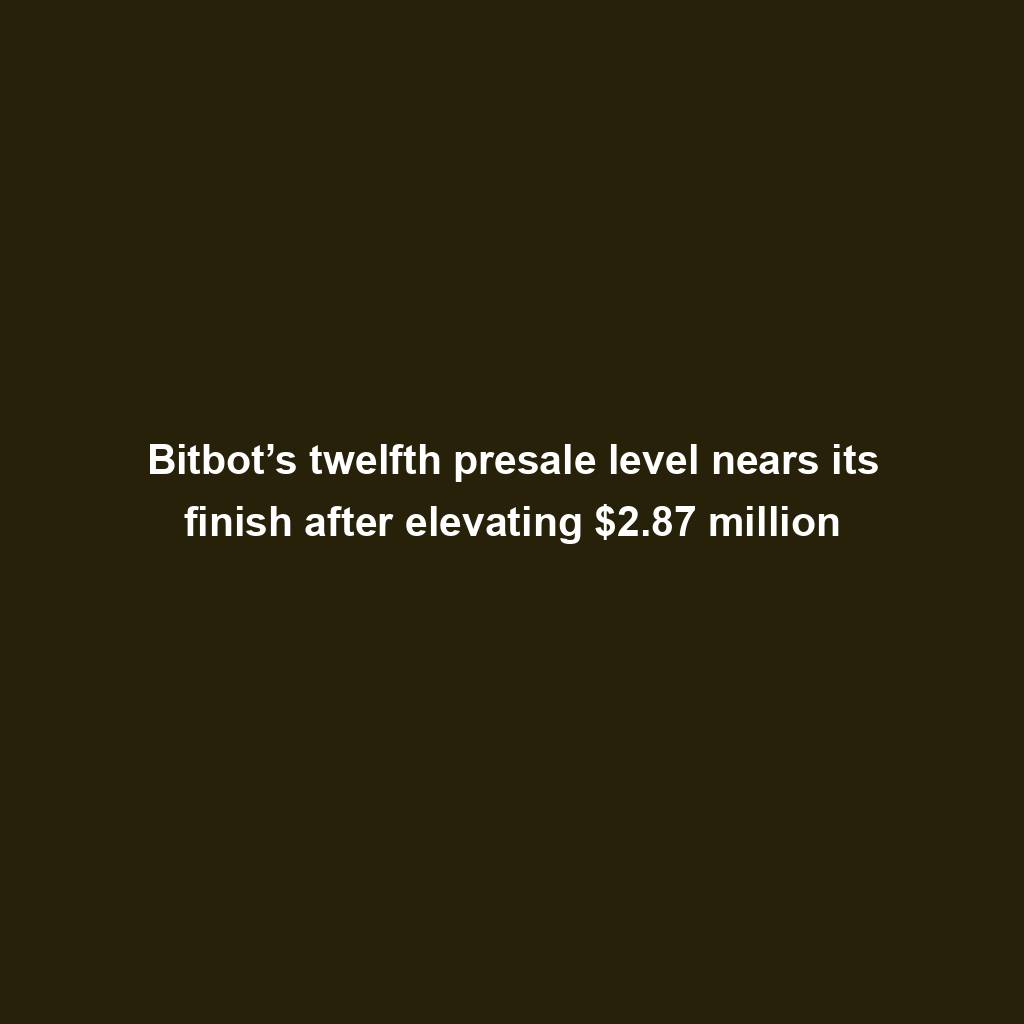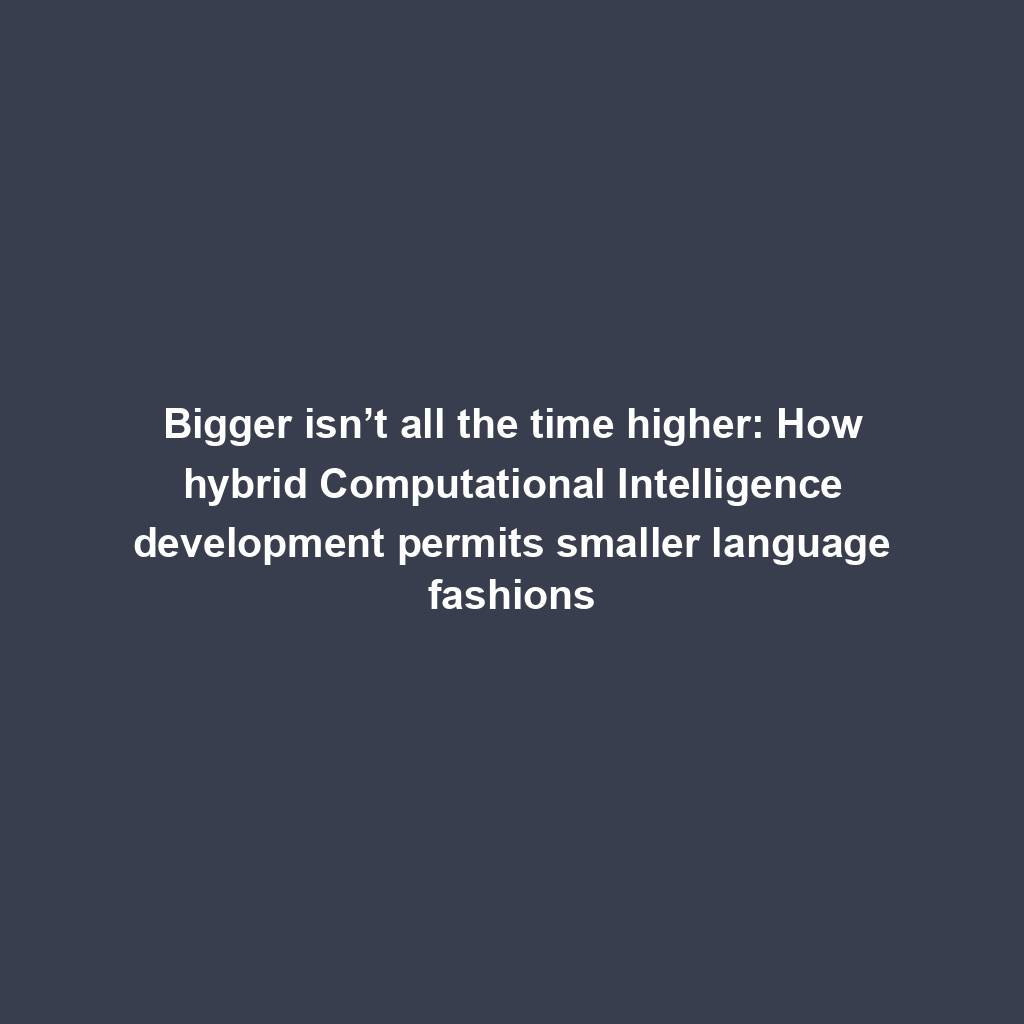Understanding the Basics of Merkle Tree: A Comprehensive Guide
Introduction:
In the world of computer science and cryptography, the Merkle tree is a data structure that plays a crucial role in ensuring the integrity and efficiency of information. Named after its creator, Ralph Merkle, this tree-like structure enables efficient verification of data integrity by summarizing large amounts of data into a concise digital fingerprint known as a hash. This comprehensive guide will explore the fundamentals of Merkle trees, their applications, benefits, and shed light on everything you need to know about this fascinating concept.
Table of Contents:
1. What is a Merkle Tree?
2. How Does a Merkle Tree Work?
3. Properties and Benefits of Merkle Trees
4. Applications of Merkle Trees
5. Conclusion
6. Frequently Asked Questions (FAQs)
Section 1: What is a Merkle Tree?
A Merkle tree, also known as a binary hash tree or simply a hash tree, is a data structure designed to efficiently summarize and verify the integrity of large datasets. It gained prominence in the early 1980s when Ralph Merkle introduced it as a fundamental component of cryptographic systems. Merkle trees have since become widely used in various domains that require data verification, such as blockchain technology.
Section 2: How Does a Merkle Tree Work?
At its core, a Merkle tree is constructed by recursively hashing pairs of data until reaching a single root hash. It begins with the data at the lowest level, often represented as leaves or nodes in a binary tree. Each leaf is individually hashed, and the resulting hashes are paired and hashed together, forming a new level of hashes. This process continues until only a single hash remains, known as the root hash.
To verify the integrity of a specific piece of data within the Merkle tree, one needs to traverse a path from the root to the desired leaf, computing hashes along the way. By comparing the resulting hash with the original hash provided, the integrity of the data can be verified. If any piece of data is altered, it will lead to a different leaf hash, ultimately rendering the root hash verification invalid.
Section 3: Properties and Benefits of Merkle Trees:
Merkle trees offer several valuable properties and benefits, making them an attractive data structure for a wide range of applications:
a. Data Integrity: One of the primary purposes of Merkle trees is to ensure the integrity of large datasets efficiently. By hashing the data and constructing a hierarchy of hashes, any modification to a single piece of data will change the corresponding leaf hash, indicating tampering.
b. Efficient Verification: Merkle trees allow for efficient verification of data integrity by reducing the number of hash computations required. Instead of hashing the entire dataset, only a logarithmic number of hashes need to be computed to verify any specific piece of data within the tree.
c. Scalability: Merkle trees are highly scalable because the size of the tree remains fixed, regardless of the number of data items contained within it. This makes them ideal for systems dealing with large volumes of data, such as blockchain networks.
d. Space Efficiency: Since Merkle trees represent the entire dataset with a single root hash, they offer a space-efficient solution. In contrast to storing all the original data, only the root hash and a few intermediate hashes are required, resulting in significant storage savings.
Section 4: Applications of Merkle Trees:
The remarkable properties and benefits of Merkle trees make them widely applicable in various fields and technologies. Here are a few examples:
a. Blockchain Technology: Merkle trees are an integral part of blockchain technology. They allow blockchain networks to efficiently verify the integrity of blocks and transactions without having to store all the transaction data. Merkle trees provide faster and more secure data validation in decentralized systems.
b. Peer-to-Peer File Sharing: In peer-to-peer (P2P) file-sharing systems, Merkle trees enable the verification of data integrity across multiple network participants. By comparing the root hash, users can quickly verify whether the downloaded file is complete and error-free.
c. Version Control Systems: Merkle trees are utilized in version control systems like Git to efficiently track and verify changes made to code repositories. By using Merkle trees, Git can quickly identify the changes made to a particular file or set of files.
Section 5: Conclusion
In conclusion, the Merkle tree is a fundamental data structure that plays a crucial role in ensuring the integrity and efficiency of data in various domains. Its ability to summarize large datasets into a concise digital fingerprint, along with its efficient verification mechanism, makes it ideal for applications like blockchain technology, P2P file sharing, and version control systems. By understanding the basics of Merkle trees and their applications, we gain insight into one of the building blocks of modern cryptography and data verification.
Section 6: Frequently Asked Questions (FAQs)
Q1: Are Merkle trees only used in blockchain technology?
A1: No, although Merkle trees are prominently used in blockchain technology, they can be applied in other domains that require data integrity verification, such as P2P file sharing and version control systems.
Q2: How are Merkle trees different from regular binary trees?
A2: Merkle trees share similarities with regular binary trees in their structure but differ in their primary purpose. Merkle trees focus on efficient data integrity verification by summarizing data into a unique root hash, whereas regular binary trees are typically used for efficient searching and sorting.
Q3: Can Merkle trees detect specific modifications in large datasets?
A3: Yes, Merkle trees can efficiently detect specific modifications in large datasets. By traversing a path from the root to the desired leaf and comparing the computed hash with the original hash, specific modifications can be detected.
Q4: How do Merkle trees contribute to the security of blockchain networks?
A4: Merkle trees ensure that the data stored within each block in a blockchain network cannot be tampered with. By verifying the root hash, participants can confirm the entire block’s integrity without requiring access to all the transaction data.
Q5: Can Merkle trees be used in hierarchical datasets?
A5: Yes, Merkle trees can be employed to represent hierarchical datasets. The leaves of the Merkle tree can represent the lowest level of data items, and each level above can summarize the hashes of the lower level, ultimately producing a root hash.
With an understanding of the basics of Merkle trees, their inner workings, and their various applications, readers can appreciate the critical role they play in ensuring data integrity, efficiency, and security.
More in this category ...
Ripple companions with SBI Group and HashKey DX for XRPL answers in Japan

April sees $25M in exploits and scams, marking historic low ― Certik

MSTR, COIN, RIOT and different crypto shares down as Bitcoin dips

EigenLayer publicizes token release and airdrop for the group

VeloxCon 2024: Innovation in knowledge control

Successful Beta Service release of SOMESING, ‘My Hand-Carry Studio Karaoke App’

Dogwifhat (WIF) large pump on Bybit after record reasons marketplace frenzy

How fintech innovation is riding virtual transformation for communities around the globe

Wasabi Wallet developer bars U.S. customers amidst regulatory considerations

Analyst Foresees Peak In Late 2025

Solo Bitcoin miner wins the three.125 BTC lottery, fixing legitimate block

Ace Exchange Suspects Should Get 20-Year Prison Sentences: Prosecutors

Google Cloud's Web3 portal release sparks debate in crypto trade

Bitcoin Primed For $77,000 Surge

Bitbot’s twelfth presale level nears its finish after elevating $2.87 million

PANDA and MEW bullish momentum cool off: traders shift to new altcoin

Commerce technique: Ecommerce is useless, lengthy are living ecommerce

Republic First Bank closed by way of US regulators — crypto neighborhood reacts

China’s former CBDC leader is beneath executive investigation

Bigger isn’t all the time higher: How hybrid Computational Intelligence development permits smaller language fashions

Pantera Capital buys extra Solana (SOL) from FTX

Successful Beta Service release of SOMESING, ‘My Hand-Carry Studio Karaoke App’

SEC sues Bitcoin miner Geosyn Mining for fraud; Bitbot presale nears $3M

Business procedure reengineering (BPR) examples

85% Of Altcoins In “Opportunity Zone,” Santiment Reveals

Sam Altman’s Worldcoin eyeing PayPal and OpenAI partnerships

Artificial Intelligence transforms the IT strengthen enjoy

Franklin Templeton tokenizes $380M fund on Polygon and Stellar for P2P transfers

Meta’s letting Xbox, Lenovo, and Asus construct new Quest metaverse {hardware}

Shiba Inu (SHIB) unveils bold Shibarium plans as Kangamoon steals the display
